Goslar, nestled in the Harzi Mountains, offers a combination of rich history, impressive architecture and beautiful nature. One of the city’s greatest attractions is the magnificent medieval old market square. Walking through the narrow, cobbled streets, you will feel the breath of history.
The beautiful architecture of the Romanesque and timber-framed buildings creates a fascinating atmosphere, which is why tourists come to visit Goslar. Another interesting attraction is the grand imperial palace, a UNESCO World Heritage Site, which was once the residence of German emperors and kings.

Art lovers will appreciate the Mönchehaus Museum, housed in a former monastery and featuring exhibitions of contemporary art. For history buffs, the Goslar Museum offers a rich collection of historical information about the city.
Take a hike up the Rammelsberg Mountain and visit the historic Rammelsberg Mine, which operated for over 1,000 years and is now a fascinating museum. The Bocksberg Cable Car offers breathtaking panoramic views of the region. In winter, Goslar transforms into a winter wonderland, offering skiing and snowboarding opportunities in the nearby ski resorts.
Location:
Goslar is a city in Lower Saxony, located on the northeastern edge of the Harz Mountains. It is the regional centre of the wider Harz region. It borders the districts of Göttingen, Northeim, Hildesheim and Wolfenbütte.
What Goslar Has To Offer ?
Bocksberg

Bocksberg is the local mountain for the village of Hahnenklee in the commune of Goslar. The Bocksberg has a lot to offer. It is an ideal starting point for hiking and offers various leisure activities.
You can take the cable car, which offers beautiful views of the Harz foreland, up to the top. Thrill seekers can hire mountain bikes and summer snowboards for a downhill run into the valley. In winter, two T-bar lifts and a children’s lift are also operated on Hahnenklee’s local mountain. Winter sports enthusiasts have five ski slopes of varying degrees of difficulty at their disposal, as well as one of the longest toboggan runs in the Harz Mountains.
Romkerhaller Wasserfall
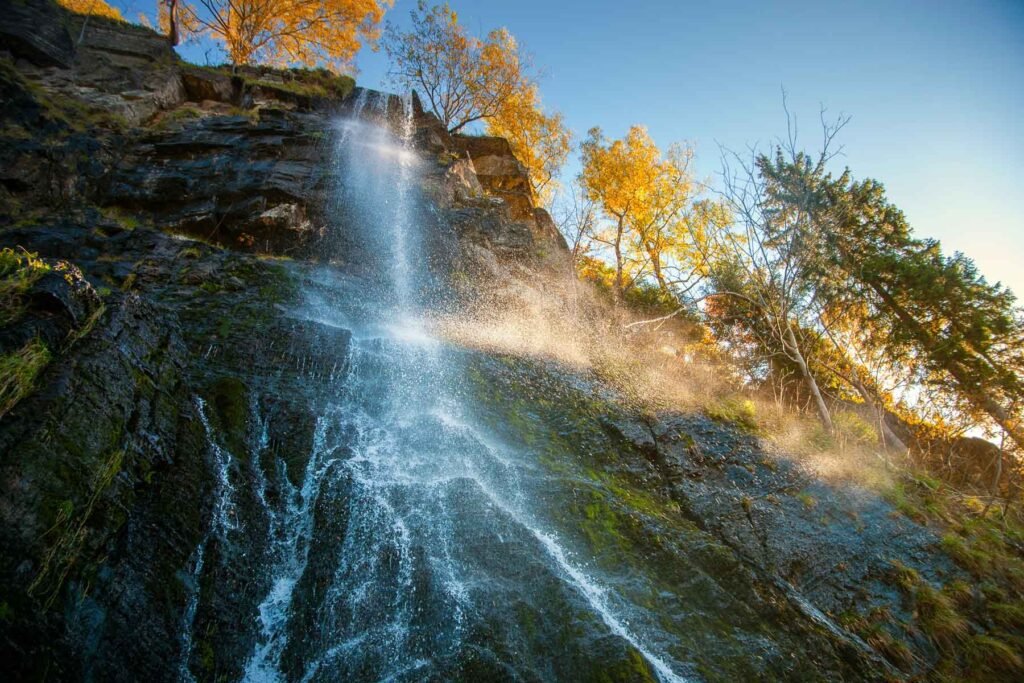
The Harz Mountains are rich in water. Numerous rivers and streams originate from them, and several waterfalls can also be found. The water is channeled through a 350-meter-long ditch to the Romkerhall Waterfall.
The Romkerhall Waterfall offers a spectacular view year-round. In spring and summer, it shines in the lush green of nature; in autumn, it is surrounded by colorful leaves; and in very cold winters, the water freezes into a column of ice. The man-made Romkerhall Waterfall is a magnet for visitors year-round.
Zwinger Tower / Museum and holiday apartments Burg im Zwinger
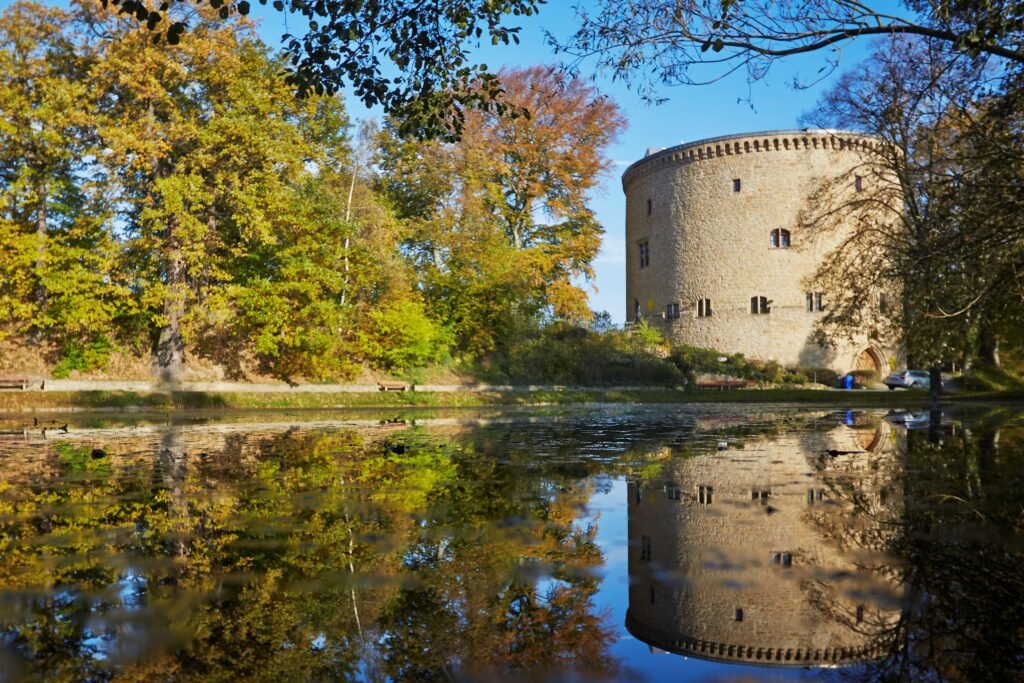
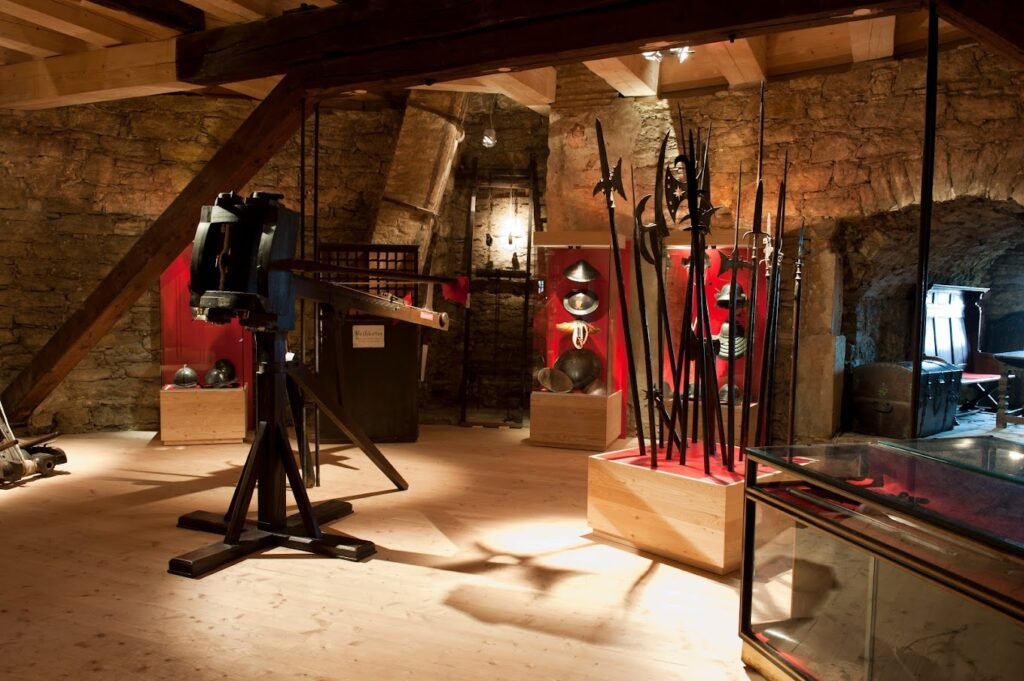
The Zwinger in Goslar, Germany, is an important historical monument that was part of the fortifications of the old imperial city. Built as a defensive tower in 1517, it is a testament to the city’s rich history.
Today, the top floor of the Zwinger houses a small museum displaying medieval weapons, armor, and torture instruments, offering a glimpse into the past. On the ground floor, there is a restaurant offering a unique culinary experience. On the middle floor, there are three holiday apartments, providing visitors with a historical stay.
Palatium in Goslar / Imperial Palace Goslar
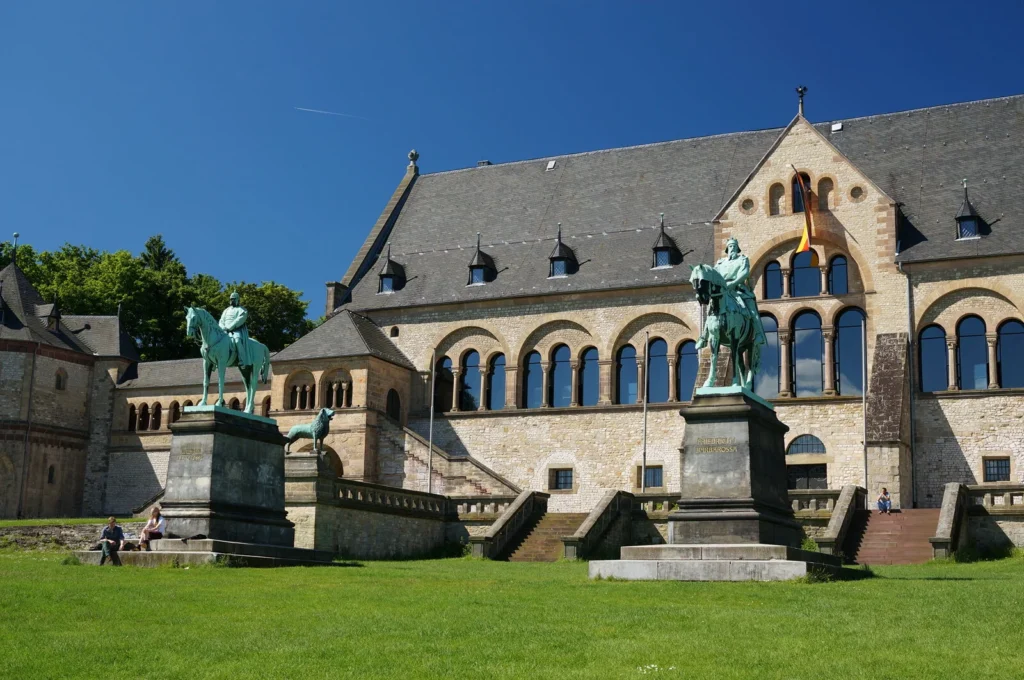

The Imperial Palace of Goslar (Kaiserpfalz Goslar) is a historical building complex at the foot of the Rammelsberg hill in the south of the town of Goslar. It covers an area of about 340 by 180 metres.
The Kaiserhaus, which has been extensively restored in the late 19th century, was a favourite imperial residence, especially for the Salian emperors. Since 1992, the palace together with the Goslar’s Old Town and the Rammelsberg has been a UNESCO world heritage site.
Goslar Market Square
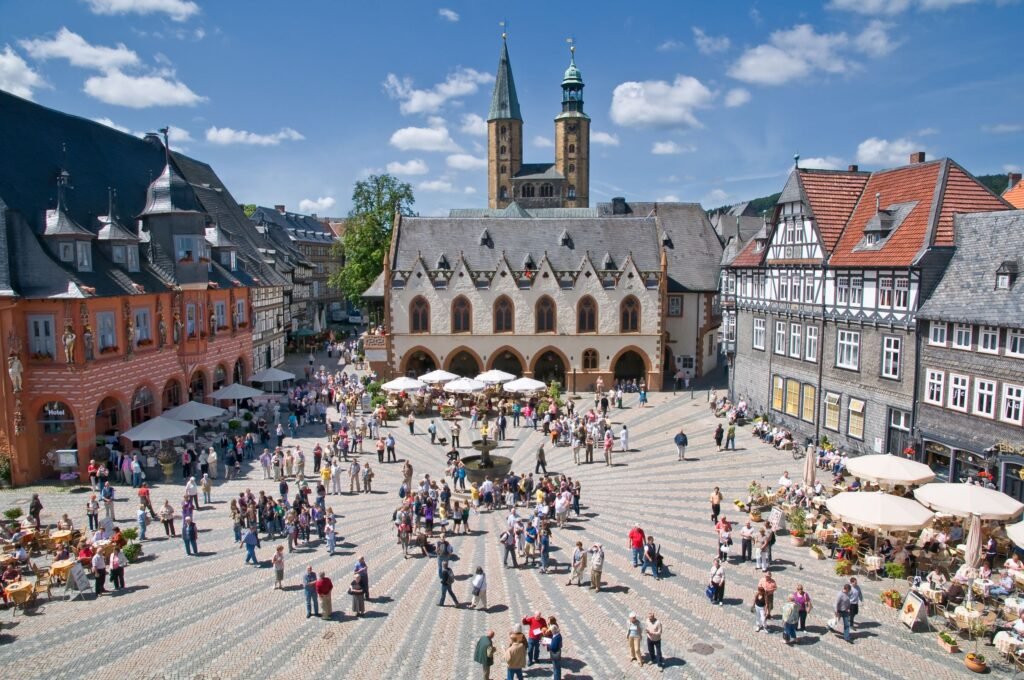

When in town, be sure to visit the Market Square! In the middle of it stands the Market Fountain, which is a landmark of the city. At its top is the symbol of Goslar, a gilded eagle, which warned the city of danger.
The town hall, the Goslar town hall, is worth seeing, and next to the town hall is the spectacular red town hall, which was built by merchants in 1494. Since this building was built by the wealthiest people in the city at the time, it looks very impressive and impressive with the imperial figures hanging in the Gothic niches. Behind the town hall rise the towers of the market church of St. Kostas and Damian.
Other buildings worth seeing in the Old Town of Goslar are the bakers’ guild house, the Röver gazebo and the old Siemenshaus, which is the family home.
World Heritage Rammelsberg ore mines


The Rammelsberg was once one of Europe’s most important non-ferrous metal mining locations and in. 1992 it was listed by UNESCO as a World Heritage. The Rammelsberg World Heritage Collection currently comprises over 200,000 objects. Only a fraction of this knowledge and memory is offered in the permanent exhibition, special exhibitions, lectures, guided tours and exchanges with other researchers.
Rammelsberg is dedicated to gathering and collecting history and items from the everyday life of people and their work. The history of the Rammelsberg ore mine is primarily the history of the people who worked here.
Gustav Adolf Stave Church
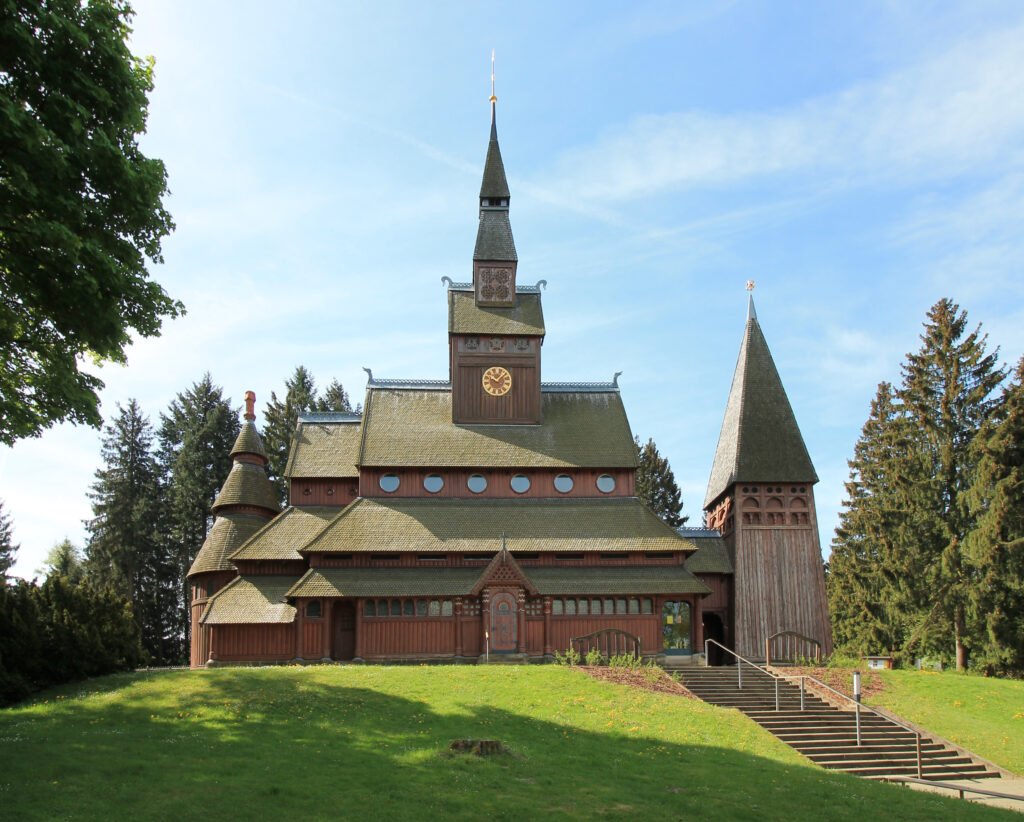

In the town of Hahnenklee (near the charming towns of Goslar and Wernigerode) you will find the Gustav Adalof Stave Church. Built in 1907, the spruce-tree church is now a popular tourist destination, but still welcomes parishioners with regular church services every Sunday.
